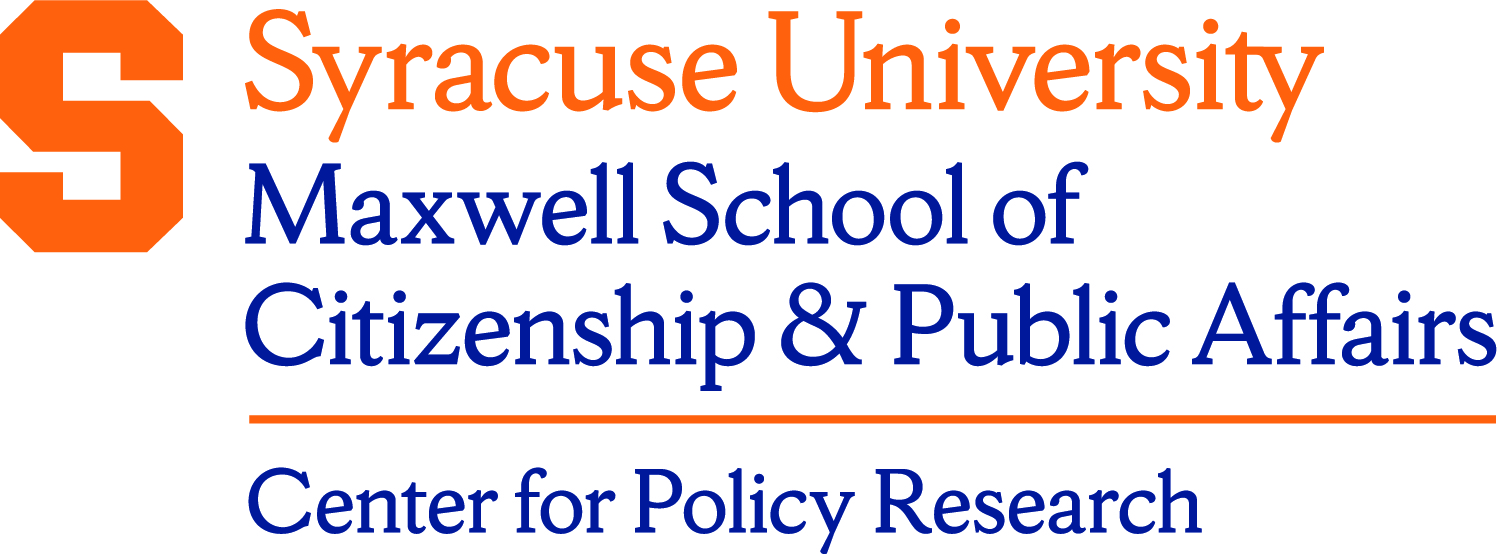Description/Abstract
Behavioral bias in occupational fatality risk is introduced to the theoretical framework of hedonic wages, yielding an endogenous risk ceiling that increases social welfare. Empirically, bias is most evident among workers with no high school diploma, who do not report relatively greater exposure to death in high fatality rate occupations. These findings suggest that extant population estimates of value of statistical life are biased downwards and should be factored by at least 1.35. Under reasonable assumptions, simulations suggest an optimal risk ceiling between 73.0 to 85.9 percentile of the population distribution of occupational fatality risk.
Document Type
Working Paper
Date
11-2021
Keywords
Compensating Wage Differentials, Value of Statistical Life, Workplace Safety, Occupational Safety
Language
English
Series
Working Papers Series
Disciplines
Economic Policy | Economics | Public Affairs, Public Policy and Public Administration
ISBN
1525-3066
Recommended Citation
Singleton, Perry, "Behavioral Bias in Occupational Fatality Risk: Theory, Evidence, and Implications" (2021). Center for Policy Research. 374.
https://surface.syr.edu/cpr/374
Source
Submission
Creative Commons License

This work is licensed under a Creative Commons Attribution 4.0 International License.




Additional Information
Working paper no. 242